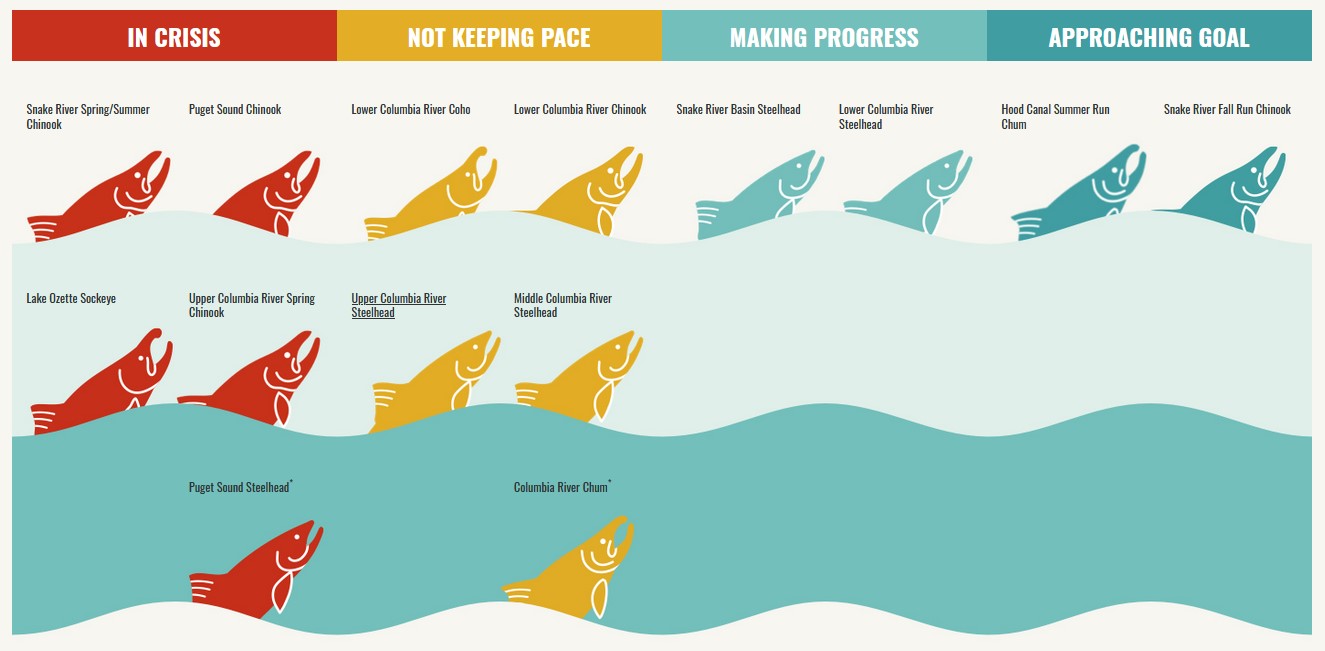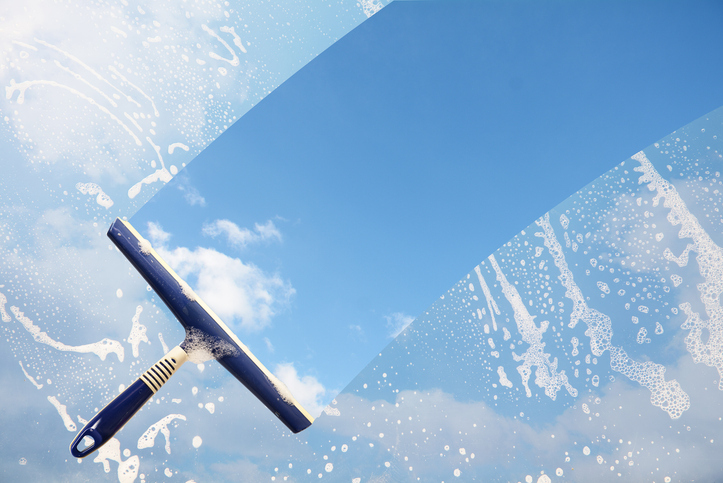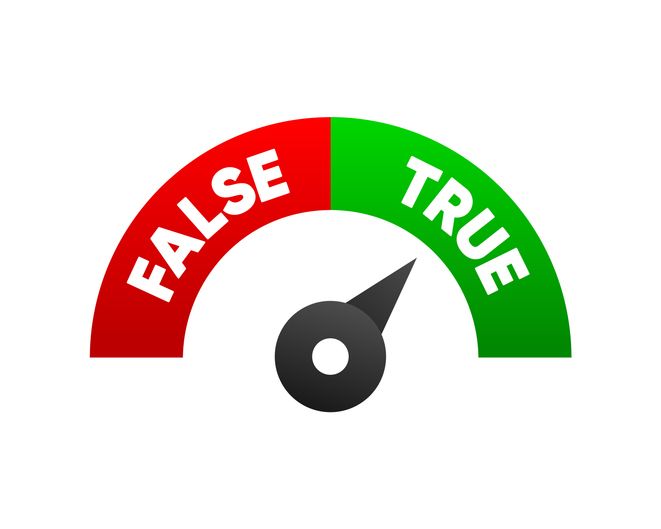There is a push to include “environmental justice” considerations in prioritizing salmon recovery efforts in Washington state. Unfortunately, those considerations may end up undermining salmon recovery, by replacing science with political subjectivity, putting other social goals ahead of environmental efforts that focus on restoring fish populations. If environmental justice, however that is defined, is at odds with environmental science, the price will be paid by salmon, orca whales, the environment, and – ironically – disadvantaged communities that rely on species recovery.
Two recent examples help explain why this is true.
First, the legislature adopted SB 5141, known as the HEAL Act, which is designed to create “measurable goals and model policies to reduce environmental health inequities in Washington, equitable practices for meaningful community involvement, and how to use the environmental health disparities map to identify and promote the equitable distribution of environmental benefits to overburdened communities.” All of that sounds fine, until we apply that approach to salmon recovery and compare it with real salmon science.
Looking at a map of the Puget Sound, the priority habitats for salmon recovery are fairly dispersed. The Puget Sound Acquisition and Restoration Fund (PSAR), which allocates grants to salmon recovery projects based on merit, has spent more than $254 million on projects over the last 15 years.
Of that amount, less than $3 million – just over one percent – has been spent in the Green/Duwamish river watershed. Just one project on the 2021-23 funding list, by way of comparison, would spend $5 million in east King County. Another acquisition of wetlands near the Stillaguamish River would spend $1.5 million, half of the Green/Duwamish total in one project.
The fact that so much emphasis on salmon recovery projects is located away from Seattle is not a coincidence. That’s where the science says we should focus environmental spending. This is true for several reasons.
Protecting remaining habitat is less expensive than restoring degraded habitat. Restoring the Green/Duwamish River would cost an enormous amount given land values and the level of degradation. Salmon advocates in the Green/Duwamish are doing heroic work to protect and recover what they can, but the cost is very high compared to funding good projects elsewhere.
Additionally, salmon populations in the Skagit River and other rural areas are most likely to show near-term recovery that is necessary to help orca and salmon populations.
The state’s new social and environmental justice map, however, would impose a completely different priority.
The top project for salmon recovery funding this year in the PSAR program is in Fall City, which has a perfect score in “Environmental Health Disparities” on the state’s environmental health disparities map. The area surrounding the Stillaguamish River project has a near perfect score. Of the eight projects on the PSAR list, only two are in areas with low scores on the disparities map.
What should salmon advocates do when the science and political social justice priorities conflict? I asked two of the advocates of the HEAL Act that question. They advised those of us on the Puget Sound Salmon Recovery Council to “look at the map and see if there if stuff that is helpful there for you, and if you find that at the end of the day you have better data on what works for you, that’s great.”
This approach is not “great.” It is needless and wasteful. The status of Puget Sound salmon is virtually unchanged since Chinook were listed as a threatened species in 1999. Additional process that takes time and resources away from scientifically prioritized projects increases the risk that some salmon runs will simply disappear.
If salmon advocates do go through the process and then reject the findings, it is unlikely social justice advocates would simply shrug and walk away. They are likely to use the environmental justice map or the HEAL process to demand that some of the findings be adopted, diverting funding from where the science indicates we can do the most for salmon. That would actively harm salmon recovery, not to mention violate the treaty rights of tribes that protect their historic right to harvest salmon.
This isn’t the only example of social justice groups undermining environmental science.
The Washington Black Lives Matter Alliance released a letter calling on the destruction of the four Lower Snake River dams. Although the letter makes passing reference to salmon recovery, BLM is not a scientific organization, does not cite any science in the letter and none of the signatories are scientists. The crux of their argument is social, claiming that, “The dams are a manifestation of systemic genocide and have been a form of Indigenous erasure since their inception.”
But symbolic gestures won’t save the salmon. Unlike the Puget Sound, Chinook and steelhead populations on the Snake River are generally stronger today than two decades ago, and the general trend is favorable. The most recent scientific assessment by the federal government found that destroying the dams would have only small benefits for Snake River salmon, at an extremely high cost. NOAA Fisheries and the Washington State Department of Fish and Wildlife scientists note that destroying the dams would do little to help provide food for Puget Sound resident orca, noting that Western Washington watersheds more important as a food source. These are the scientific facts.
While the letter mentions a passing concern about climate change, it is dismissive of the CO2-free energy from the dams.
The response to these realities is that we can just replace the energy, infrastructure, and other economic harms by spending even more government money. The letter calls for “paradigm-shifting investments.” This leads us down an irresponsible path.
Scientific prioritization is important because there are always limited resources and competing priorities.
For example, the current proposal from Idaho Congressman Mike Simpson is $33 billion, equivalent to more than 300 years’ worth of state salmon recovery funding. To put all those eggs into one basket is incredibly risky and misses huge opportunities to help salmon runs and the tribes that depend on them in other parts of the state. Pretending we can just find more money is both unrealistic and is a basic rejection of using science to prioritize environmental restoration.
As a political organization, BLM and others are free to argue that there is a “moral” responsibility to tear down the dams simply out of respect for the Nez Perce. They should not, however, claim the decision is based on science, and they must bear responsibility for the cost of the trade-offs of such a decision, since projects that could help salmon runs and Puget Sound orca continue to suffer from lack of funding.
For example, the 2021-23 Capital Budget provides a 7.5% increase in salmon recovery funding projects over the previous biennium. That sounds good, but the overall Capital Budget increased by 24%. As a result, the percentage of the budget for salmon recovery fell to the lowest level since 2015. Had salmon recovery simply remained at the same percentage, there would be $30 million more available. Despite the rhetoric, salmon recovery lost ground as a legislative priority.
I have been proud to join tribal leaders in calling for an increase in environmental spending for salmon recovery programs. If BLM wants to support our efforts, I welcome them. They haven’t done that, however.
 Washington’s latest State of the Salmon report shows both Fall Chinook and steelhead recovering are nearing the population recovery goal on the Snake River. Only Spring Chinook are listed as “in crisis.” Both Chinook and steelhead in Puget Sound, by way of comparison, are listed as “in crisis.” Salmon populations need help across the state but focusing only on the Snake River when two of the three populations are doing well is politics, not science.
Washington’s latest State of the Salmon report shows both Fall Chinook and steelhead recovering are nearing the population recovery goal on the Snake River. Only Spring Chinook are listed as “in crisis.” Both Chinook and steelhead in Puget Sound, by way of comparison, are listed as “in crisis.” Salmon populations need help across the state but focusing only on the Snake River when two of the three populations are doing well is politics, not science.
There are many worthwhile efforts across the state to address social issues. BLM endorsed legislation I helped craft to remove regulatory job barriers for people with criminal records – an policy goal I’ve been promoting for years. And, for more than a year I have been chronicling the environmental stewardship of Washington’s tribes, advocating for more autonomy in their efforts. Some may argue that we should prioritize ill-defined social justice over solid scientifically driven environmental efforts, but there is an environmental cost to that decision.
Stephen Covey once said, “The main thing is to keep the main thing the main thing.” When it comes to salmon recovery, the main thing is to follow the science and focus our efforts where they are most critical. Losing sight of that clear policy goal increases the chance that Washington’s salmon, and the orca that rely on them, will go extinct.





